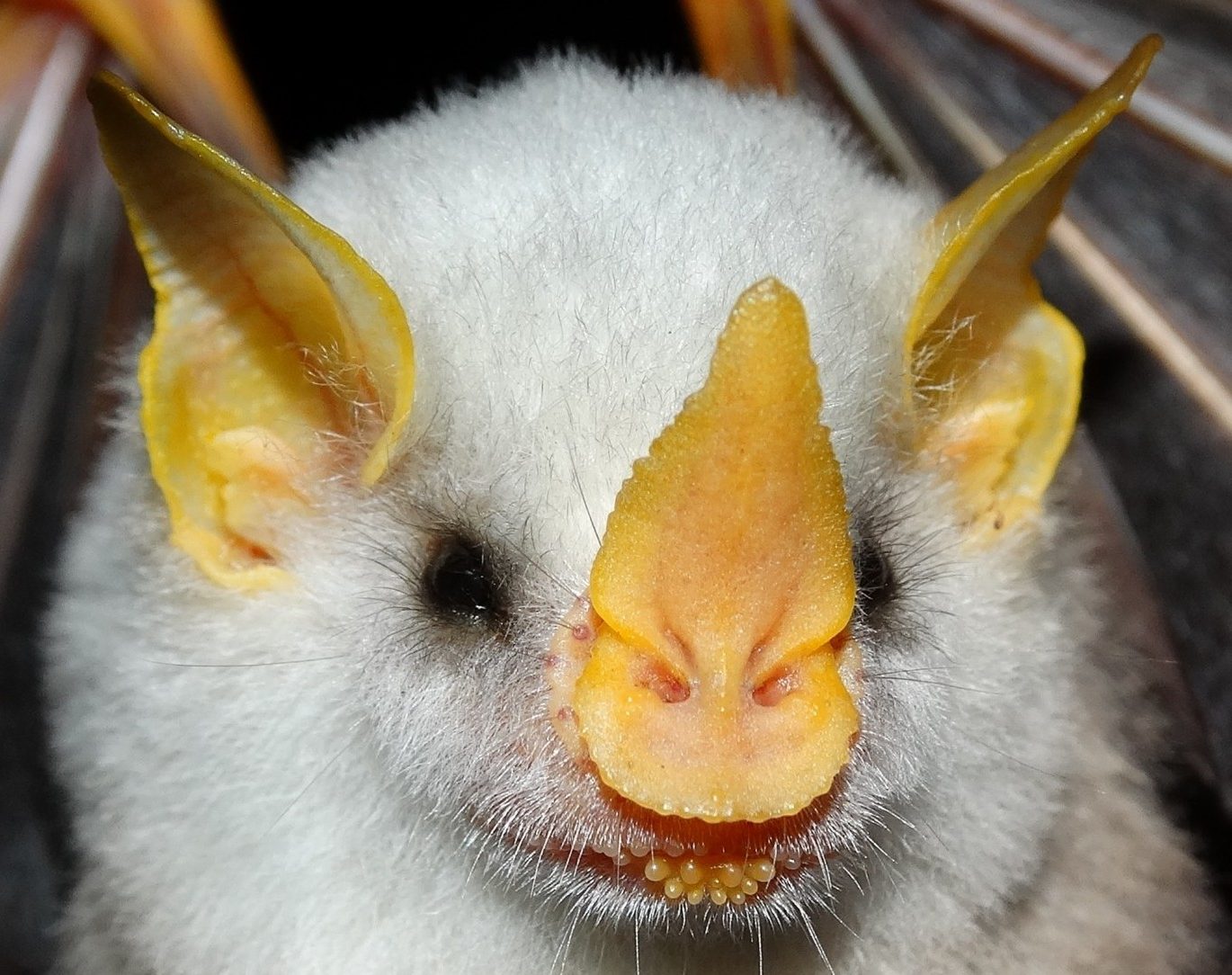The evolution of animal form has been uneven, radiating in fits and starts, and exploring some forms but not others. Why this pattern exists has long been a fundamental question in biology. One possible explanation can be found in the way animals develop. The genes that control animal development interact in networks; some genes interact with many other genes, while others are more peripheral and isolated. This project tests the hypothesis that most evolution in bat molar form occurs through changes in peripheral network components, and in the aspects of form that those peripheral components make, while central genes and their associated molar forms are conserved among species. To test this hypothesis, we are investigating the patterns and drivers of molar evolution in noctilionoid bats (below), an ecologically diverse mammal group.

This research is among the first to characterize the organization of the gene networks that control animal form, and the impact that this organization has on the way evolution proceeds. It is also directly increasing participation of students from underrepresented groups (URMs) in research and contributing to public education by involving undergraduates from Puerto Rico in research, training postdoctoral scientists in URM mentorship, and showcasing project results at the Burke Museum.
This project is funded by the National Science Foundation Award# 2017738 in collaboration with the Sears Lab at UCLA.
